Today era is digitization world, where website accessibility is the most common task. Users use websites for a variety of reasons in their day to day tasks. If a user is searching a query using any digital assistant whether phone or desktop, they expect quick and relevant answers to that. ![]()
For example, if a user is writing a query “Website Loading Speed” at first instance the user mostly clicks the first result shown, but in case, if the loading speed of the page is much higher than expected time then chances are that the user might navigate to another site.
Just getting a website designed for your business will not eventually work now. Enhancing website loading speed is also an essential process. According to the guidelines of Google, a website should load in less than 3 seconds. Also, it has been found in surveys of 2017-2018 that a user leaves the website if it is taking more than 2.5 seconds to load. This indicates that the slow loading speed of a website will lead to a decrease in website traffic as well as it will lead to a low ranking of the website.
The slow loading speed of a website affects the online business in the following manner:
- Conversion
- Visibility
Conversion – The optimization of website loading speeds directly or sometimes indirectly affects the business online. The slow loading speed of a website affects the conversion rate of a particular website. According to a report in Hub Spot, even a delay of 1 second in the loading of a page can lead to a decrease in the conversion rate of a business up to 7-8%. It becomes very frustrating sometimes if a website is taking too much time to load.
Around 40-45% of traffic leaves that particular page and will navigate on to another website. This means that the delay of 1-2 second can shift all the business to other competitive sites and there will be large losses of revenues to a particular business.
Visibility– Slow loading speed of website also affects the bounce rate of the website. For all those who have no idea what Bounce Rate is, it is the percentage of user who left the website and navigated to another website just after visiting one page. It also leads to poor ranking in Organic search results. The lesser the bounce rate, the higher the ranking will be.
Also, the lower performing website is unable to achieve customer’s loyalty which is the key motive of business. The better your website will perform the more the customer will be satisfied. And the main role of a business is to keep its customers satisfied. But if a web page is taking too much time to load, then the customer will get frustrated soon.
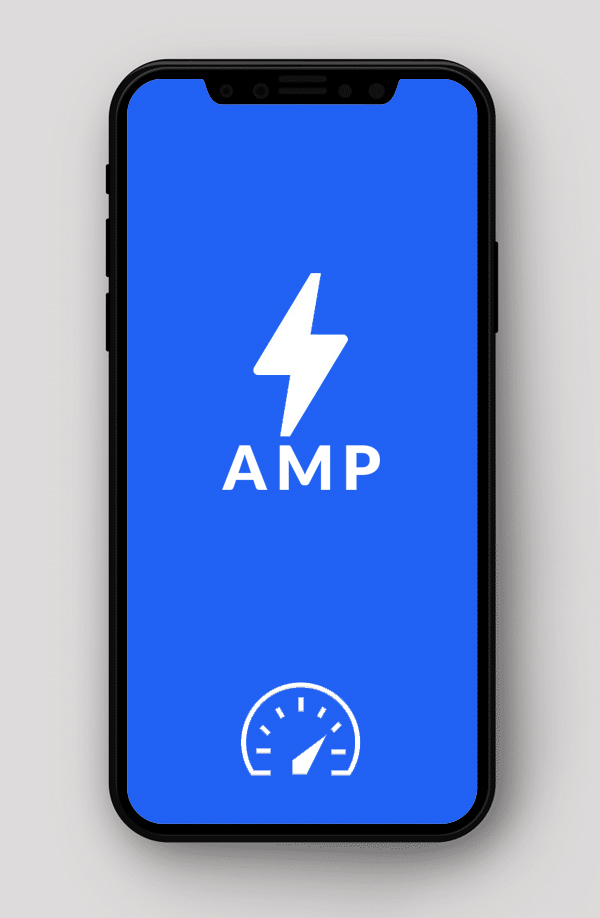
According to Google’s latest announcements, the mobile pages will be indexed first. This means that there is no space for low performing websites in Google. If one is willing to rank its website on organic search results then they have to optimize its website, both for desktop and mobile version. According to reports it takes around 3 seconds to load a web page on the mobile version. So if one optimizes its web page to load it less than that, the user will be getting a competitive edge over many other websites and it will be easy for a website to rank on Google’s organic search result. For web pages that are loaded faster on mobile versions are termed as the Accelerated Mobile Pages (AMP). Now it is has become very important to enhance website loading speed by proper optimization.
This optimization can be done in the following ways:
- Moving your website to a better host
- Reduce Server Response time
- Minimize the number of CSS and JavaScript file
- Try to Minify and combine files
- Deferring of JavaScript loading
- Optimizing Images Size
- Reduce the number of Plugins and Widgets
- Using Content Delivery Network
- Bandwidth reducing loading speed
- Enabling browser caching
- Reducing redirects
- Reducing external scripts
- Start Monitoring Your Speed over time
- Monitoring your mobile page speed
1. Moving your website to a better host
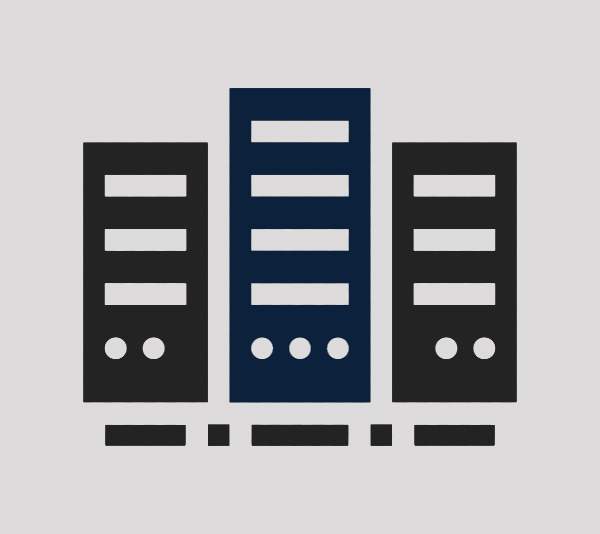
- Shared hosting
- Virtual Private Servers (VPS) hosting
- Dedicated server
Shared hosting– It is the cheapest type of hosting as it shares the CPU and the RAM, which in turns lowers its speed as compared to Virtual Private Hosting and Dedicated servers. It is the most popular type of hosting in the world that get your site online very fast and in a cheap manner.
Virtual Private Servers (VPS) hosting– It is the faster way as compared to the shared hosting. In this, the servers are being shared but it also has it’s your own part of VPS in which no other client can access the information. These are good for websites like E-commerce that gets a hike in traffic only for a limited period of time.
Dedicated server– This is the most expensive type of server. It is somewhat getting your own physical server. In this, you rent a server and keep a particular administrator to maintain it.
2. Reduce Server Response time
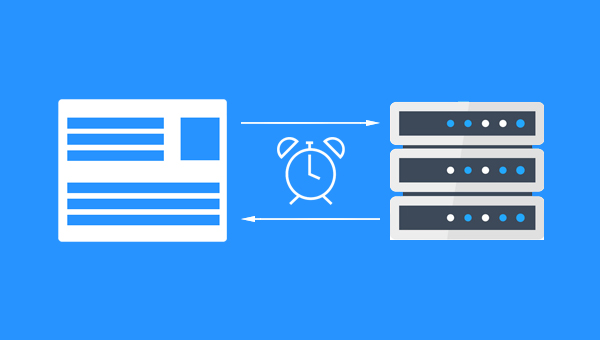
Your DNS lookups affect the amount of time your webpage takes time to load. DNS refers to the domain name system. It basically translates the URL into the IP address whereas the DNS lookups find the specific DNS record in the database.
For example, suppose you enter the URL of a website, www.facebook.com the DNS will convert it to the IP address which is of course very long and it is difficult for the user to memorize it. This amount of time depends on how fast your DNS server is and in-turn it also determines the loading speed of the website.
3. Minimize the Number of CSS and JavaScript File
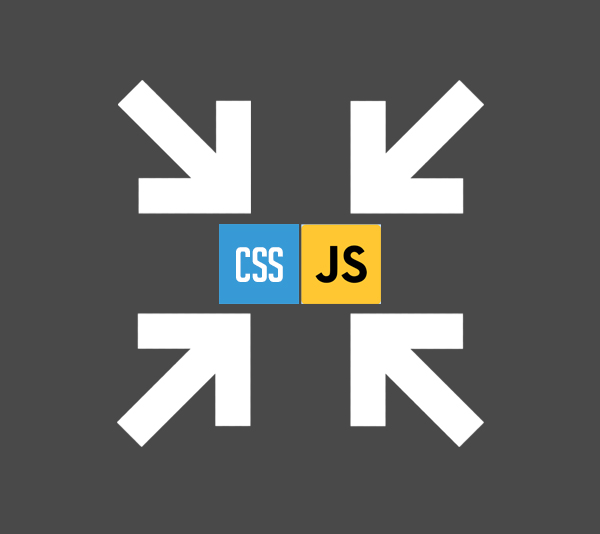
If your site contains a decent arrangement of JavaScript and CSS archives, it prompts a significant assortment of HTTP requests once your site visitors should get too explicit records. These requesting are managed autonomously by the visitor’s program and moderate down the site work. If you decline the amount of JavaScript and CSS records this will no ifs ands or buts quicken your site. Endeavor to accumulate all JavaScript into one and what is more, do inherently with all CSS archives. This can decrease the general assortment of HTTP inquires. There are a huge amount of instruments to minify HTML, CSS, and JavaScript archives quickly. For instance, you can utilize WillPeavy, Script Minifier, or Grunt apparatuses.
4. Try to Minify and Combine Files

As you know that even as small codes can add to the size of the files which again reduces the loading speed of the website. So sometimes it becomes necessary to reduce the size of the file. The best way to perform this task is to start with HTML and JavaScript as they are responsible for the appearance of the website. Also, try to minimize and combine small files that are adding up to the size of file unnecessarily. Here minifying refers to the removing of unnecessary formatting and white spacing.
5. Deferring of JavaScript Loading
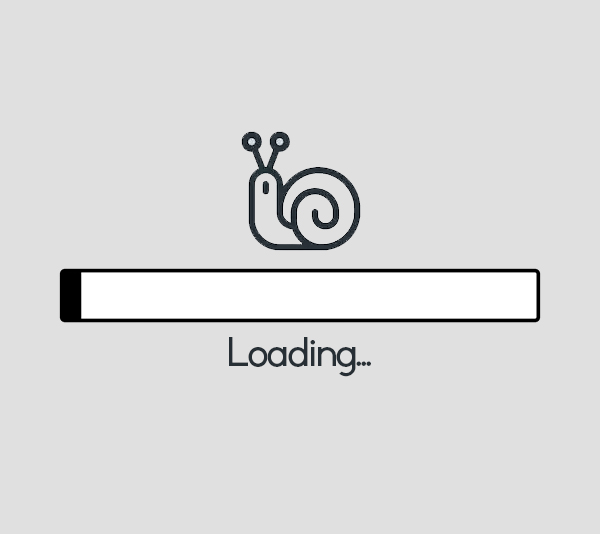
Deferring of JavaScript implies loading or parsing of JavaScript only begins once the page content is loaded. This, in turn, will not affect the basic rendering of the page.
The execution of the script starts when the page has finished parsing. One of these suggestions is that you should load your JavaScript in the base of the page, directly before the end </body> tag. … Then again, on the off chance that you place your JavaScript at the base of the page, the user will see the page loading first, and after that, the JavaScript will load in the background.
6. Optimizing Images Size

Images are a very important part of a website as it makes the website looks eye-catchy and attract more and more users to interact with the website. A website having no images and just some content is least preferred by the users. Especially for websites like E-commerce images are non-neglecting part of the websites as it gives the user more clarity about the product and also leads to the hike in the website’s business.
A standout amongst the most ideal approaches to get your transformation rate to this dimension is including heaps of accommodating item pictures. In one review, 66% of buyers said they needed to see no less than three item photographs before purchasing. This implies in the event that to run an effective E-Commerce site, pictures are totally essential.
But at the same time, it is to note that these images also decrease the website loading speed. In this case HTML responsive images should be used that sets the website responsive. Another way is to compromise on the quality of the image by compressing it. Although this method is not preferred by the websites, that cannot compromise on the quality of the images.
7. Reduce the Number of Plugins and Widgets
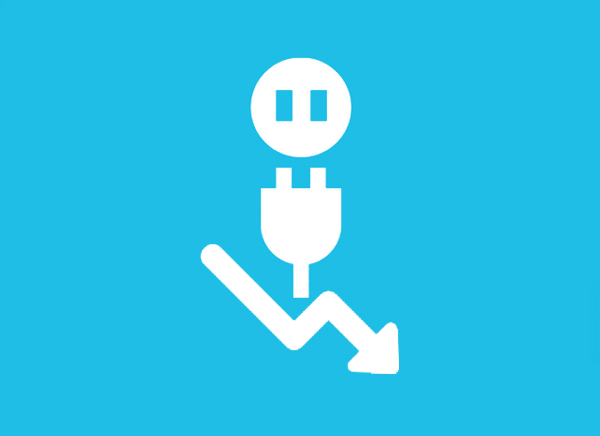
Plugins have now become an important component of websites. They work as an add-on to the website by adding their specific functionalities. This makes the website very rich with respect to the number of its functionalities. But it should be taken care that these plugins also decelerates the loading speed of the website and in-turn affects the performance of the website.
The first thing that we ought to do is to check which plugin is really backing off the speed of the site. One should endeavor to keep its plugins as less as possible or its loading speed would start decreasing gradually.
8. Using Content Delivery Network
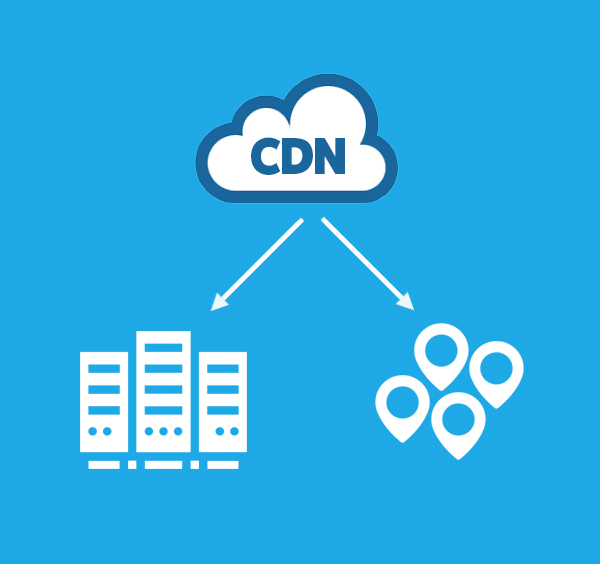
These are the set of web servers that are spread geographically that provides the user the content from the website. If you host it on a single server, all the requests are sent on the same hardware which in turn responds to each request separately leading to slower responding of each request.
With the help of CDN, the user’s requests are sent to the nearest server which leads to the faster loading speed of the website. It is a bit expensive but a very effective way of enhancing the speed of the website.
9. Bandwidth Reducing Loading Speed
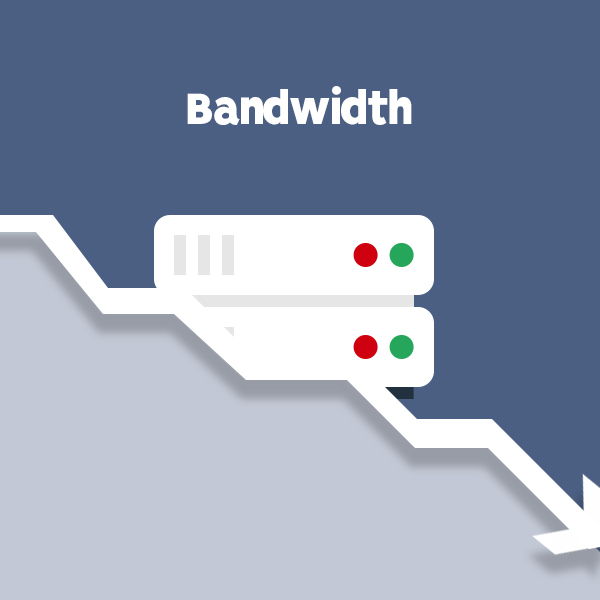
Sometime any changes made to the design of the website will lead to the acquiring of bandwidth in the website that is allocated for the users. This sometimes lowers the loading speed of the website
10. Enabling Browser Caching

Suppose you visited the website named blog.karachicorner.com yesterday and if you are revisiting the same website then the loading speed of that website was much faster than before. Have you ever observed this?
Whenever you visit a website, some amount of data is being stored on your hard drive and cache memory. Next time you visit the same website, it will load faster as it will have the data stored on your disk for that particular website.
So by enabling the caching the website will load faster.
11. Reducing Redirects
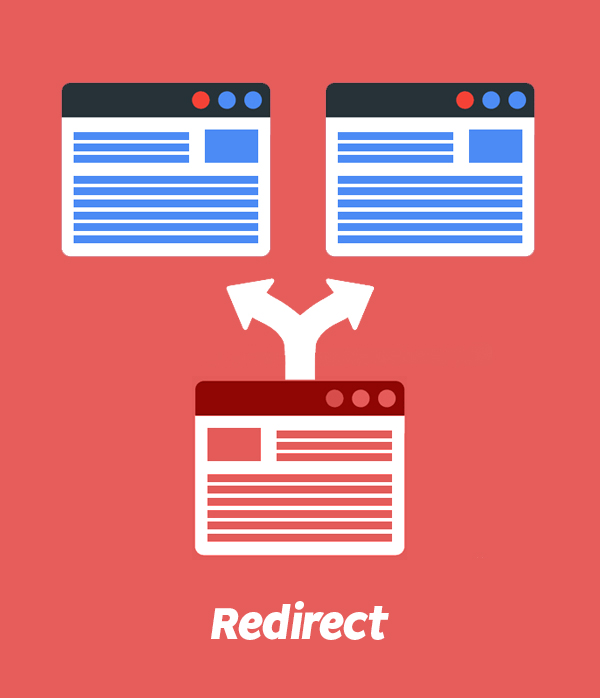
The issues that arise with the broken links are often eliminated with the technique of redirecting. Redirects are made often if we move or delete the pages. But according to Google, the Redirects should be eliminated completely from the website. Be that as it may, as this isn’t for all intents and purposes conceivable.
So it becomes necessary to minimize it. There are a number of tools in the markets that find all the Redirects from the website, as these tools identify all the redirects of the website. After analyzing all the redirects, try to minimize them. You can also view the pages that are linked to your website through different websites.
12. Reducing External Scripts
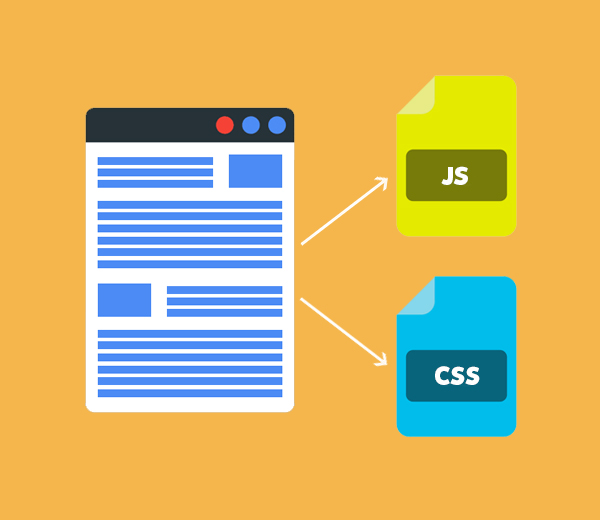
As discussed above the JavaScript and CSS are responsible for the slow loading page. But apart from them, there are also other external scripts that are affecting the speed of site loading. These can be found by reopening the network tab in Chrome’s Developer tools.
When a site is open for example anyone opens Facebook, these external scripts are being attached to the code. This indicates that JavaScript and CSS are not the only culprits for affecting the script and slowing down the speed of websites. Other third-party scripts are also affecting the performance of the website.
13. Start Monitoring Your Speed Over Time
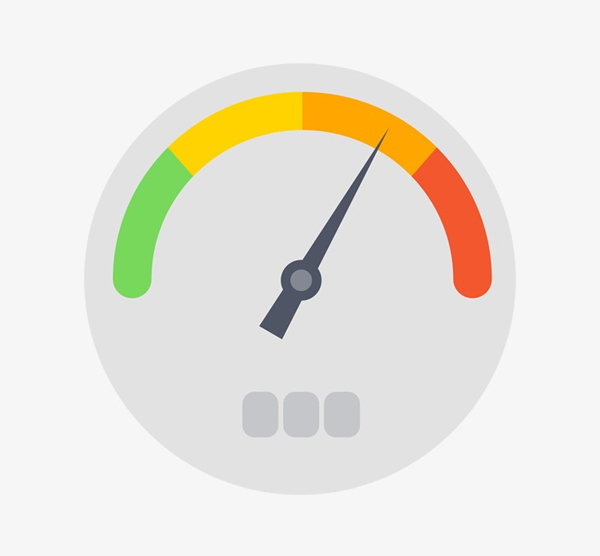
After optimizing your website, start monitoring your speed after a few intervals of time. You just have to open your website and note the time of loading of a website. You can also use different tools from the markets to monitor the speed of your website.
14. Monitoring Your Mobile Page Speed
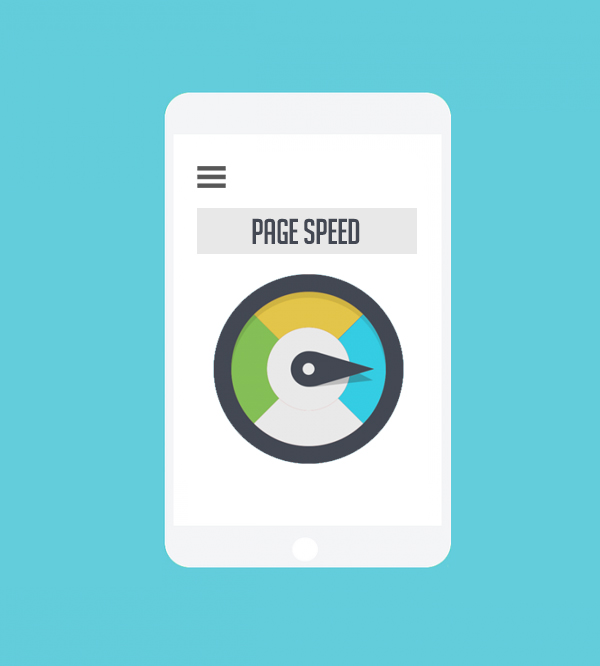
As mentioned above Google has started indexing mobile pages on the website also, hence it has become an important factor to test and monitor the speed of your website on mobile also. From recent reports, it has been evident that there is also gradual shift from desktop to mobile users of the internet over a period of time, so it has become a necessary task to monitor the mobile page speed. If a website is loading fast on a desktop but its mobile pages are not that much fast then the rank of the website will decrease on organic search results.
For this, you can start by using Google’s tool Test My Site.
Conclusion
The task is not going to be that easy and it is also not expected from user to implement all the ways today itself. One should be spending time on the website more often and try analyzing each and every step.
Note how effective each step is and then move further to the next step. This will help understand the behavior of a website and how a small change in front-end or plugin or coding or style sheet or server hosting or any other factor can affect the performance of the website. What’s more, however, some of them may appear to be minor, even little strides toward decreasing burden time can have any kind of effect and when you consider the effect that even one moment can have on your changes and achievement, they’re totally justified, despite all the trouble.















